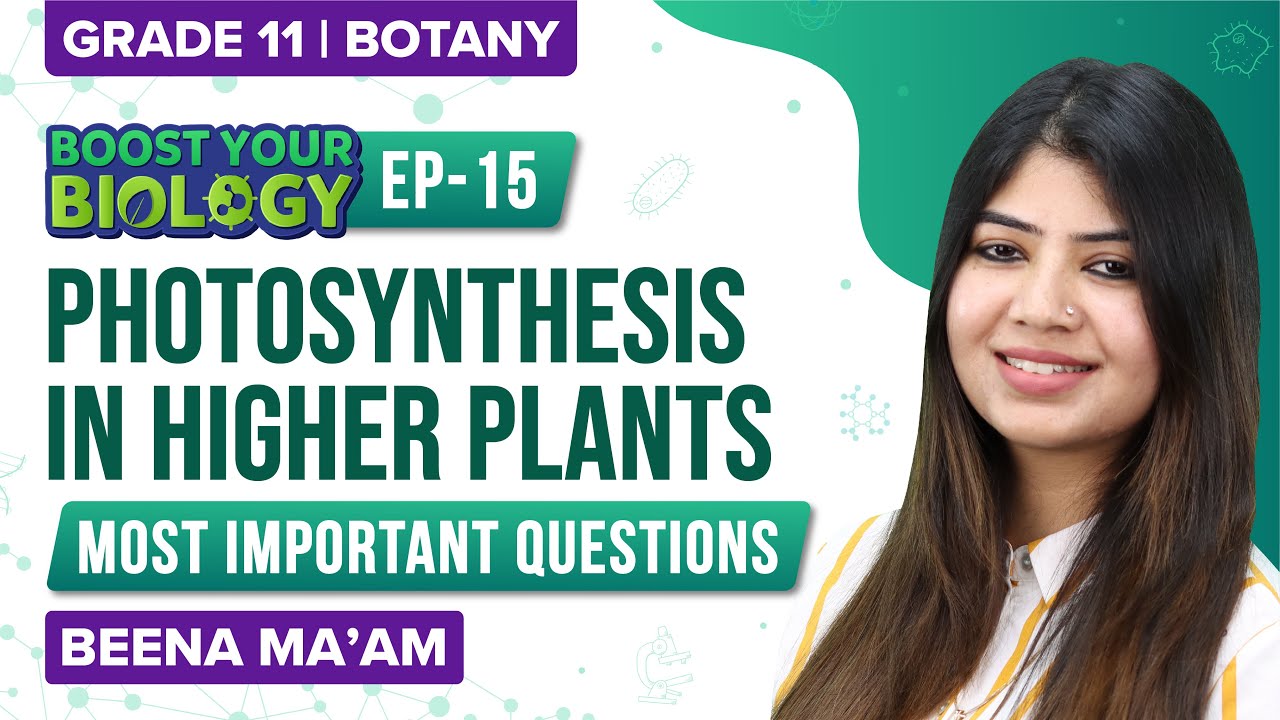Photosynthesis, as the name implies, is a light-dependent reaction occurring in autotrophic organisms. In this process, light energy is converted to chemical energy and carbohydrate formed is stored as food.
Plants, blue-green algae, as well as some bacteria like purple and green-sulphur bacteria, perform photosynthesis. The process of photosynthesis in bacteria and plants is different.
Bacterial photosynthesis is mostly an anoxygenic process, here O2 is not evolved, whereas plant photosynthesis is an oxygenic process and O2 is evolved during the process.
Difference between Bacterial Photosynthesis and Plant Photosynthesis
The table below shows the main difference between photosynthesis of bacteria and plants:
| Bacterial Photosynthesis | Plant Photosynthesis |
| Photosynthetic pigment involved is bacteriochlorophyll | Photosynthetic pigment involved in the process is chlorophyll a and b |
| Photosynthetic bacteria do not contain membrane-bound chloroplasts; instead, the photosynthetic pigment is found in the folds of the plasma membrane | Chlorophyll is present in the grana of a chloroplast, enclosed by a double membrane |
| Other than bacteriochlorophyll, bacterioviridin and aliphatic carotenoids are present | Other than chlorophyll, phycobilins and carotenoids are present |
| Bacteriochlorophyll absorbs light in a longer wavelength ~800nm | Chlorophyll absorbs light towards blue and orange light ~400 to 750nm |
| Photosynthetic bacteria use only one type of photosystem and have a reaction centre at P870 or P960 | Photosystem I or PS I has reaction centre at P700, and PS II has reaction centre at P680 |
| The reducing agent is H2S or other organic compounds | The reducing agent is H2O |
| Non-cyclic phosphorylation is prevalent | Cyclic-phosphorylation is favoured |
| Oxygen is not produced | Oxygen is produced |
| Bacterial photosynthesis ccurs in purple, green sulphur, phototropic helicobacteria and acidobacteria | Occurs in plants, algae |
Cyanobacteria or blue-green algae are photoautotrophic. They perform oxygenic photosynthesis. They do not have photosynthetic pigments in chloroplasts but are present in their cytoplasm. They do have chlorophyll ‘a’, just like plants.
A chloroplast is thought to have originated from the endosymbiont cyanobacteria present in the cell.
Photosynthetic bacteria are used as bio-fertilizers, in wastewater treatment, bioremediation, etc.
To summarise, bacterial and plant photosynthetic systems differ in structure and constituents, but both are light-dependent reactions, and there occurs atmospheric CO2 fixation. The main difference between bacterial and plant photosynthesis is the difference in the electron donor. In bacterial system, H2S or thiosulfate mostly acts as an electron donor, and in the plant system, H2O acts as an electron donor, so oxygen is produced in plant photosynthesis but not in bacterial photosynthesis.
Explore all the important topics aligned with the updated NEET syllabus, only at BYJU’S. Check NEET – Important topics and Preparation Tips for all the important concepts and related topics.
Recommended Video:

Comments